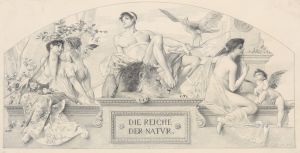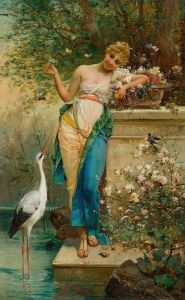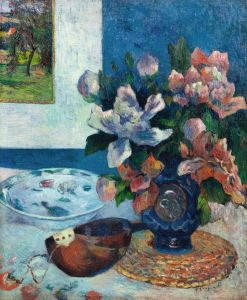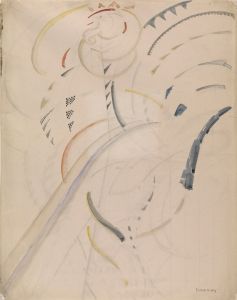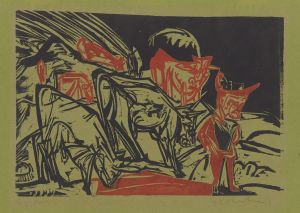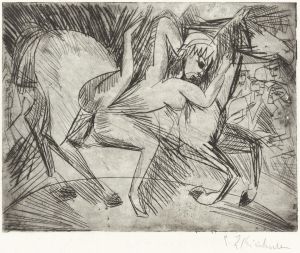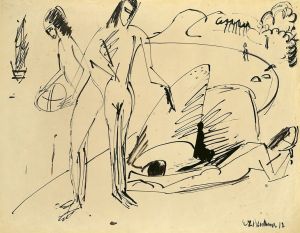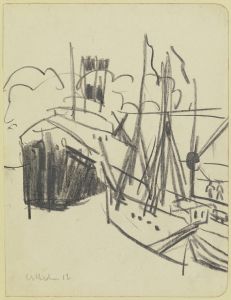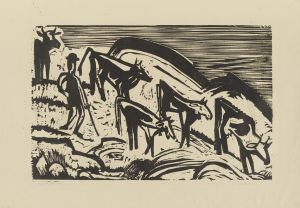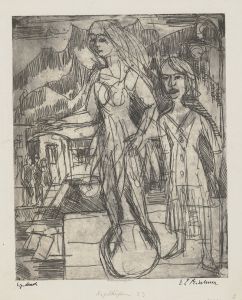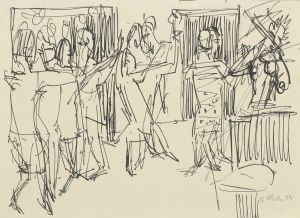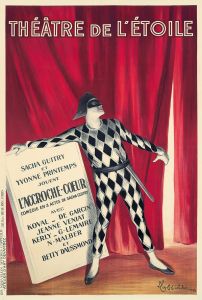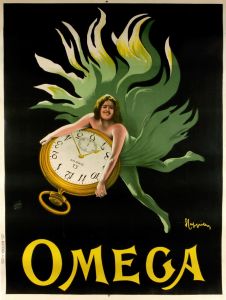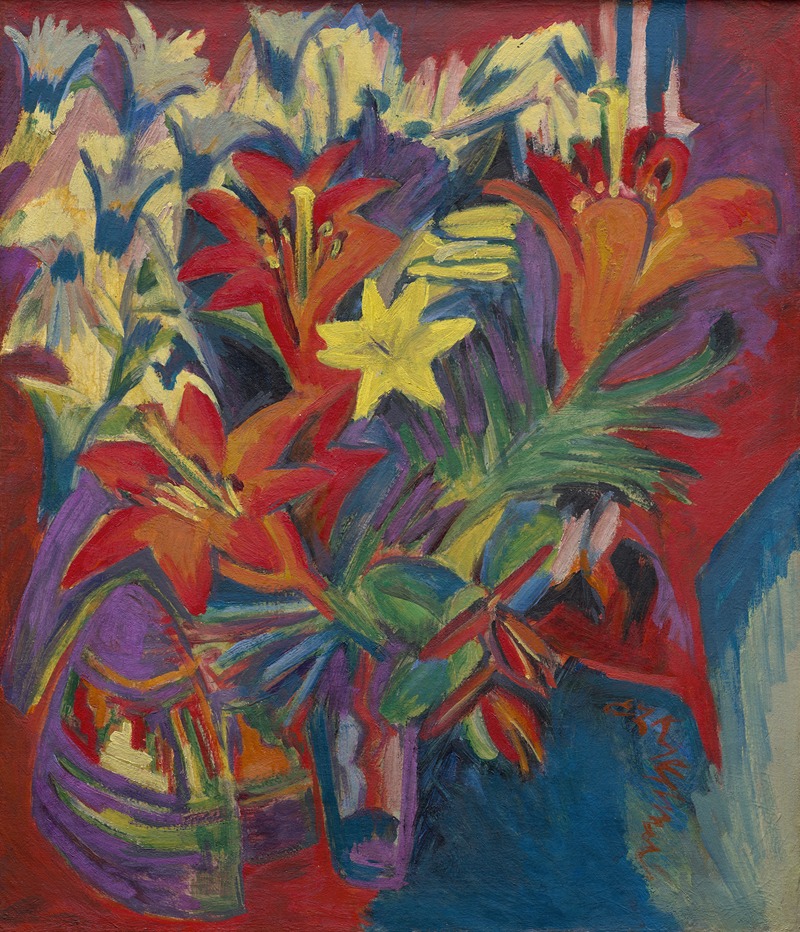
Still Life with Lilies
A hand-painted replica of Ernst Ludwig Kirchner’s masterpiece Still Life with Lilies, meticulously crafted by professional artists to capture the true essence of the original. Each piece is created with museum-quality canvas and rare mineral pigments, carefully painted by experienced artists with delicate brushstrokes and rich, layered colors to perfectly recreate the texture of the original artwork. Unlike machine-printed reproductions, this hand-painted version brings the painting to life, infused with the artist’s emotions and skill in every stroke. Whether for personal collection or home decoration, it instantly elevates the artistic atmosphere of any space.
"Still Life with Lilies" is a painting by the German expressionist artist Ernst Ludwig Kirchner. Kirchner, born on May 6, 1880, in Aschaffenburg, Germany, was a founding member of the influential artist group Die Brücke (The Bridge), which played a pivotal role in the development of Expressionism in the early 20th century. His work is characterized by bold colors, dynamic compositions, and a distinct emotional intensity.
"Still Life with Lilies" exemplifies Kirchner's unique approach to still life painting, a genre that he explored alongside his more famous works depicting urban scenes and nudes. The painting features a vibrant arrangement of lilies, rendered in Kirchner's signature style. The flowers are depicted with exaggerated forms and vivid colors, creating a sense of movement and vitality that contrasts with the traditional still life genre's more static and serene compositions.
Kirchner's use of color in "Still Life with Lilies" is particularly noteworthy. He employs a palette of bright, contrasting hues that imbue the painting with a sense of energy and immediacy. The lilies themselves are painted in striking shades of white and pink, set against a background of deep greens and blues. This bold use of color is a hallmark of Kirchner's work and reflects his interest in the emotional and psychological effects of color.
The composition of "Still Life with Lilies" is dynamic and somewhat unconventional. Rather than arranging the flowers in a neat, orderly fashion, Kirchner presents them in a more naturalistic and spontaneous manner. The lilies appear to burst forth from the vase, their stems and petals intertwining in a complex, almost chaotic arrangement. This sense of movement and spontaneity is enhanced by Kirchner's loose, expressive brushwork, which gives the painting a sense of immediacy and vitality.
Kirchner's interest in still life painting can be seen as part of his broader exploration of different artistic genres and styles. Throughout his career, he experimented with various subjects and techniques, always seeking to push the boundaries of traditional art forms. In "Still Life with Lilies," he brings his distinctive expressionist sensibility to the still life genre, creating a work that is both visually striking and emotionally resonant.
Ernst Ludwig Kirchner's career was marked by both critical acclaim and personal struggle. He was deeply affected by his experiences during World War I, which led to a period of mental and physical illness. Despite these challenges, he continued to produce a significant body of work until his death in 1938. Today, Kirchner is recognized as one of the leading figures of German Expressionism, and his works are held in major collections around the world.
"Still Life with Lilies" stands as a testament to Kirchner's innovative approach to art and his ability to infuse even the most traditional subjects with a sense of modernity and emotional depth. The painting remains an important example of his contribution to the Expressionist movement and his enduring influence on the development of modern art.





